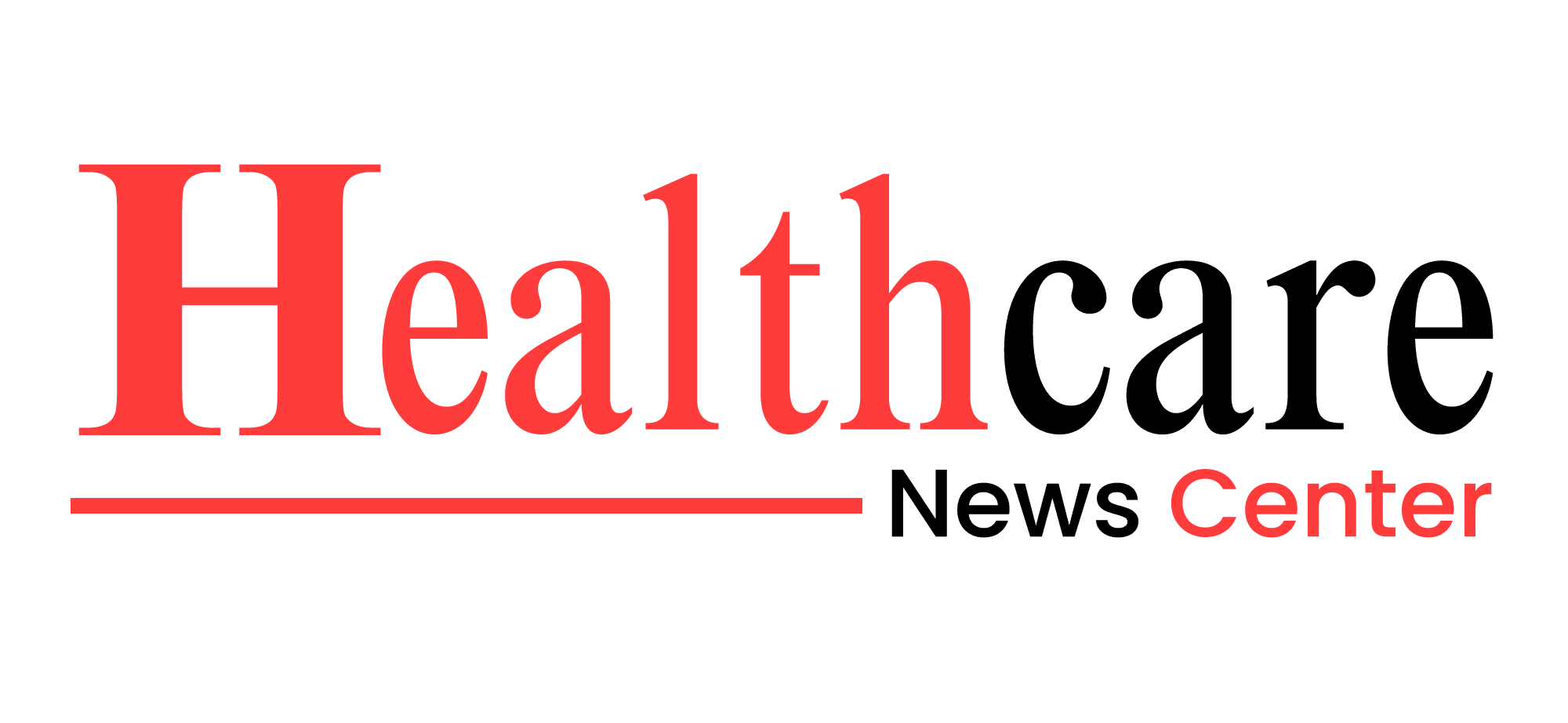How Tariffs, Global Dependence, and Manufacturer Strategies Are Reshaping the Healthcare Industry
Introduction: A Healthcare Industry at a Crossroads
The medical supply chain in the United States is entering a period of unprecedented turbulence. From mobility aids and hospital beds to surgical gloves and oxygen systems, healthcare product availability is under threat — not just by logistics delays, but by economic and policy forces reshaping the industry from its core.
With President Trump’s recent tariff rollback announcement reducing Chinese import duties from 145% to a still-costly 50–65%, medical professionals, dealers, and distributors alike are being forced to reexamine how, where, and at what cost they can access essential medical equipment.
The Trump tariffs impact has triggered a domino effect across manufacturers, reshaping not only sourcing strategies but also how resellers communicate with customers and handle pricing volatility. The situation is further inflamed by China tariffs on healthcare products, which remain steep at 125% in retaliation.
“Tariffs don’t just raise prices — they create uncertainty, and in medicine, uncertainty can be deadly,” said one hospital supply chain executive based in Florida.
The New Tariff Climate: Reduced, But Still Risky
Although headline rates have decreased, the practical effect remains the same: importing Chinese-made healthcare goods is significantly more expensive than it was just a few years ago.
The healthcare industry trade war has led to real consequences for the medical supply chain:
- Slower import timelines
- Shrinking distributor margins
- Inconsistent product availability
- Upstream manufacturing cost increases
Global economic bodies including the IMF and World Bank have issued warnings on how prolonged trade disruption can slow recovery in essential industries — with healthcare at the top of the list.
📎 Source: IMF Trade Outlook – April 2025
Manufacturer Impact: Where They Stand Now

Medline Industries
Medline, one of the largest U.S. suppliers of clinical products, is heavily reliant on overseas manufacturing — particularly in China. With shipping costs already inflated, the China tariffs on healthcare products have forced Medline to adjust its U.S. pricing models. Hospitals and suppliers that depend on low-cost gloves, gowns, and drapes are bearing the financial burden.
📎 Source: Yahoo Finance – Tariffs Threaten Hospital Costs
McKesson Corporation
McKesson previously warned federal authorities that tariffs on Chinese medical imports would expose the U.S. to potential supply shocks. Their distribution model, deeply tied to international PPE and equipment sourcing, has come under renewed stress.
📎 Source: Dallas News – Tariff Risk on Medical Goods
Drive Medical
Drive DeVilbiss Healthcare has a wide international footprint, sourcing many products — including rollators and power scooters — from Asia. While they have expanded domestic warehousing, the cost spikes from tariffs and freight have hit their B2B dealer network particularly hard.
Invacare Corporation
Invacare, which manufactures a significant portion of its products in Ohio, Florida, and Mexico, is better insulated from direct Chinese tariff exposure. However, their need for internationally sourced components still subjects them to broader medical supply chain pressures.
Joerns Healthcare
Joerns Healthcare remains predominantly U.S.-based in production, with a strong focus on patient beds and support systems. While not directly affected by China tariffs, Joerns is still influenced by domestic inflation in materials and shipping.
Distributors and Dealers: The Hidden Front Line
The frontline of the Trump tariffs impact is not only found in policy memos — it’s unfolding in distribution centers, medical supply stores, and the offices of regional dealers working overtime to stabilize pricing and maintain inventory levels.
Companies like Med Mobility Homecare — a licensed dealer and provider of hospital beds, mobility scooters, and patient transfer equipment — are finding new ways to adapt. By forging tighter relationships with U.S.-based manufacturers and proactively communicating changes to customers, they are helping soften the blow of international price hikes.
These distributors play a pivotal role in sustaining the medical equipment distributors network. Whether supplying nursing homes, clinics, or private patients, their ability to respond to disruptions is vital.
Patients and Buyers: Facing the Consequences
Unfortunately, patients are also caught in the crossfire of the healthcare industry trade war. Items that were once covered with minimal co-pays under Medicare — like wheelchairs or safety beds — are now more expensive, or delayed.
Buyers should be aware of:
- Reduced availability for specific mobility and homecare items
- Unexpected out-of-pocket increases
- Limited options for custom-fit or higher-spec equipment
Those in need of mobility aids, hospital beds, or wound care supplies should also be encouraged to explore U.S.-based dealers with robust support, like Med Mobility Homecare, to ensure timely delivery and expert guidance.
The Broader View: What’s Next?
The medical supply chain is being rewritten in real time. While some manufacturers are pivoting to U.S. assembly and reshoring components, others are lobbying Washington for tariff relief.
Dealers are reconsidering long-term sourcing strategies, while hospitals brace for further cost increases — particularly if pharmaceutical tariffs, as hinted by President Trump, become policy.
📎 Source: Politico – Trump Teases Drug Tariff Proposal
Final Thought: A System That Demands Adaptability
The healthcare industry has always adapted under pressure — whether from pandemics, regulations, or geopolitical conflict. But today’s challenge is unique: a slow, grinding reconfiguration of the medical supply chain, where uncertainty persists, and adaptation is not optional but required.
For dealers, distributors, and providers — the answer lies in strategic sourcing, transparent communication, and a relentless focus on reliability.
For patients — trust in reputable providers, awareness of global factors, and proactive health planning will be more essential than ever.

